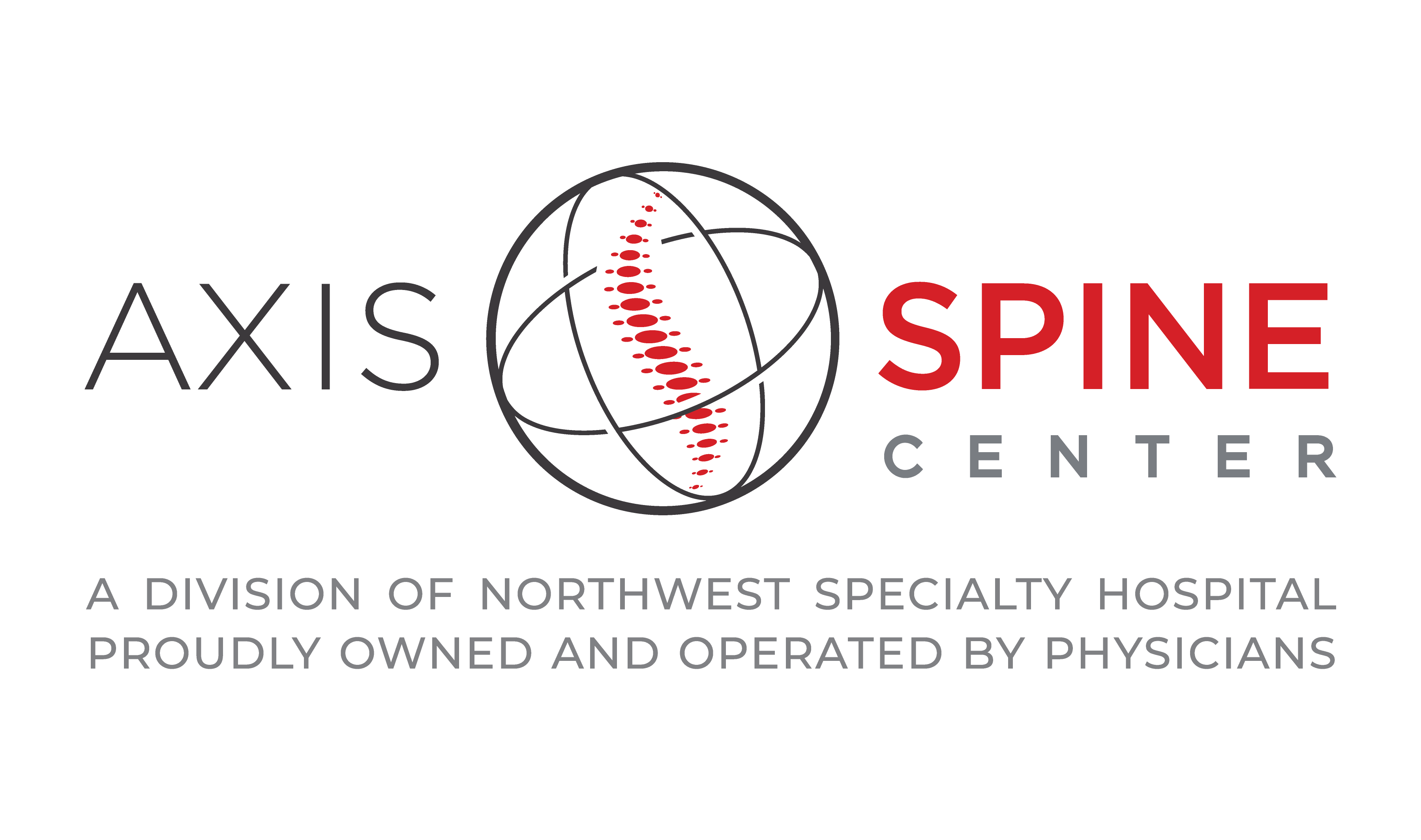
Spinal Cord Stimulation & Peripheral Nerve Stimulation
Spinal Cord Stimulation/Peripheral Nerve Stimulation are commonly used techniques to treat chronic pain arising from many places. These procedures use low-voltage stimulation of the nerves to block the feeling of pain. It helps make the pain more manageable and may also decrease the amount of pain medication needed.
A spinal cord stimulator (SCS), or a dorsal column stimulator, is a device that is surgically placed under the skin to send a mild electric current to your spinal cord. A small wire carries the current from a pulse generator to the nerve fibers of the spinal cord.
There are two types of spinal cord stimulators. When turned on, the first type will produce a mild tingling sensation in the area where the pain is concentrated. The second type delivers impulses at a frequency higher than your brain can detect, so the result is a bit different. There is no tingling sensation with the second type of stimulator, only pain relief. Your pain is reduced because the electrical current interrupts the pain signal, keeping it from reaching your brain.
However, spinal cord stimulation does not eliminate the source of the pain. The amount of pain relief varies for each patient. The goal of spinal cord stimulation is a 50-70% reduction in pain.
For some patients, it may be less, but even a small amount of pain reduction can be significant if it helps you perform daily activities with less pain, and reduces the amount of pain medication you need. Spinal cord stimulation does not work for everyone. If it is unsuccessful, the implant can be removed without damaging the spinal cord or nerves.
There are many types of stimulation systems. The most common is an internal pulse generator with a battery. An SCS system consists of:
- An implantable pulse generator with a battery that creates electrical pulses
- A lead with 4-16 electrodes that deliver electrical pulses to the spinal cord
- A wire that connects the pulse generator to the lead
- A handheld remote that turns the pulse generator on, off, and adjusts the pulses
The battery inside of the pulse generator delivers low voltage spinal cord stimulation. A standard battery needs to be surgically replaced every two to five years. Depending on usage, a rechargeable battery may last up to 10 years. Your doctor will select the best type of system for you during your trial stimulation.
The pulse generator is programmable by the doctor and has three settings:
- Frequency/rate is the number of times stimulation is delivered per second. Too few results in no sensation, while too many results in a washboard or bumpy effect.
- Pulse width determines the size of the area the stimulation will cover
- Pulse amplitude determines the threshold of perception to pain
During your consultation, your doctor will evaluate your condition to determine whether spinal cord stimulation is an option. A comprehensive evaluation of your pain history will determine if your pain management goals align with this treatment.
Because pain also has psychological effects on many patients, a psychologist may assess your condition to increase the probability of a successful outcome. Dr. Jameson or Dr. J Kent will evaluate your current medication schedule and physical condition. She will also review your previous treatments, including medication, physical therapy, injections, and surgeries.
Patients approved for this procedure are usually ones that have had a disability for more than 12 months and have pain in their lower back and leg (sciatica) or neck and arm. They’ve typically had one or more failed spinal surgeries, as well.
You may be a candidate for SCS if you meet the following criteria:
- Conservative therapies have failed
- Your source of pain has been verified
- You would not benefit from additional surgery or surgery may not result in pain relief
- You are not seriously dependent on pain medications or other drugs
- You do not have depression or other psychiatric conditions that contribute to your pain
- You have no medical conditions that would keep you from undergoing implantation
- You have completed a successful trial stimulation
An SCS can help lessen chronic pain caused by:
- Chronic back, neck, leg (sciatica), or arm conditions
- Degenerative conditions like arthritis or spinal stenosis
- Failed back surgery syndrome: failure of one or more surgeries to control persistent back, neck, arm, or leg pain but not the technical failure of the original procedure
- Complex regional pain syndrome (formerly called reflex sympathetic dystrophy or RSD): a progressive disease of the nervous system in which patients feel constant, chronic burning pain in the feet or hands
- Arachnoiditis: painful inflammation and scarring of the meninges (protective layers) of the spinal nerves
Stump pain, angina, peripheral vascular disease, multiple sclerosis, and spinal cord injuries are other common causes. If your pain is caused by a correctable condition, then this must be fixed first.
After confirming your eligibility, Dr. Jameson or Dr. J Kent will perform the trial and implant the spinal cord stimulator.
Determining whether a spinal cord stimulator will be a good pain management option for you is a complex process. Before a permanent stimulator can be implanted, you must undergo a trial to see if the device effectively decreases your pain levels. The surgery is performed on an outpatient basis in two stages. Stage one is a trial stimulation, and stage two is the implantation of the permanent device.
During stage one, your trial spinal cord stimulation will be performed by Dr. Jameson or Dr. J Kent. Trial stimulation is very important in determining if the procedure will be successful. The results of your trial will tell us if spinal cord stimulation is appropriate for the type, location, and severity of your pain. It will also help us evaluate the effectiveness of various stimulation settings.
The insertion of a trial lead is typically performed after a local anesthetic has numbed your skin. A hollow needle is then inserted through the skin and into the epidural space between the vertebrae and spinal cord. A highly specific type of x-ray called fluoroscopy will be used to get the positioning of the lead right. Once the lead is properly positioned, it is attached to an external generator and power supply. The external generator can then be worn on your belt for easy access.
After the trial procedure, you will be sent home with instructions on how to use the stimulator and care for your incision. Keep a written log of the stimulation settings used during different activities and the level of pain relief you achieve. After five to seven days, you will return to discuss permanently implanting the stimulator. At that time, the trial leads will be removed.
During stage two, permanent implantation will be performed by Dr. Jameson or Dr. J Kent. If your trial is successful and you experienced more than 50% improvement in pain levels, you can be scheduled for surgery.
Your trial stimulation has provided your doctor with the information needed to determine the correct number of electrodes and the type of stimulation that works best for you.
Peripheral nerve stimulation is a commonly used technique to treat chronic pain. Peripheral nerves are the nerves that are located beyond the brain and spinal cord. Peripheral nerve stimulation involves placing a small electrical device next to one of the peripheral nerves. The electrode delivers rapid electrical pulses that aid in blocking the pain signals. Some of the common uses of peripheral nerve stimulation are for back pain and joint pain.
